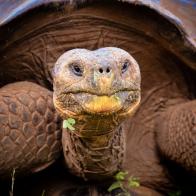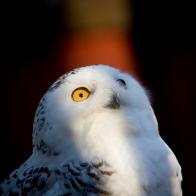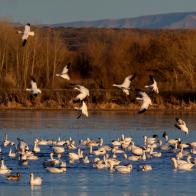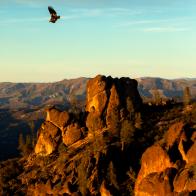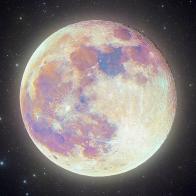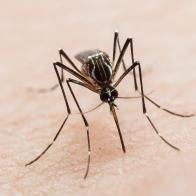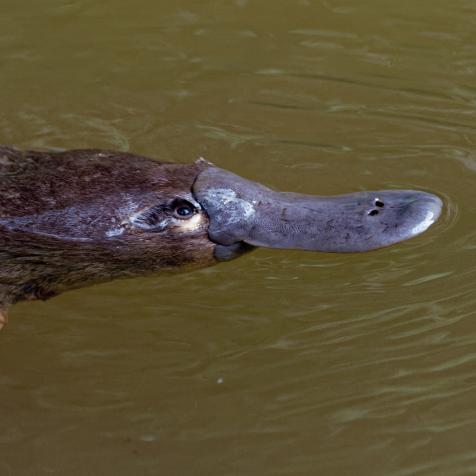
JULIE LARSEN MAHER
Two Little Penguin Chicks are Hatched at Bronx Zoo
One-month-old chicks join zoo's growing little penguin colony
The Bronx Zoo’s little penguin colony is on the rise, with the recent birth of two new chicks.
Born in February, the chicks were raised by their parents for their first weeks, before being moved into the zoo’s Aquatic Bird House and placed under the care of keepers, according to the Bronx Zoo. They will rejoin the zoo’s penguin colony once they reach appropriate maturity.

JULIE LARSEN MAHER
You may recognize little blue penguins from the Animal Planet series, THE ZOO, set at the famed New York zoo. In the show’s first season, cameras followed the development of JP, the first little blue penguin born at the Bronx Zoo in its 100+ year history.
Watch the full episode featuring JP for free, courtesy of Animal Planet GO.
As their name suggests, little blue penguins are the world’s smallest penguin species, with adults reaching around 13 inches in height and weighing approximately two to three pounds.

JULIE LARSEN MAHER
The Bronx Zoo started its little blue conservation program around five years ago as part of the Species Survival Plan. The cooperative breeding program aims to diversify the genetic viability of animal populations in zoos and aquariums accredited by the Association of Zoos and Aquariums.
With the Bronx Zoo closed temporarily due to the COVID-19 outbreak, individuals can follow the development and growth of the little penguin chicks, courtesy of the Bronx Zoo’s social media. Follow the zoo on Facebook and Instagram, or keep up with Discovery.com for their latest milestones.
You can also see more of the chicks when THE ZOO returns with new episodes, beginning Saturday, April 4 at 9pm ET. We will be following them over the course of the show’s new season. In the meantime, you can catch up on every episode and watch the entire series for free on Animal Planet GO.















